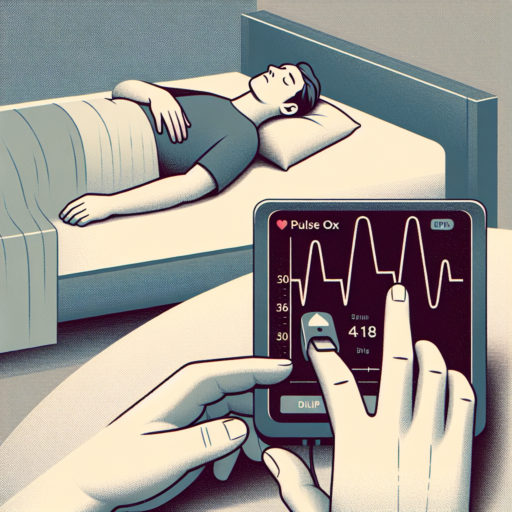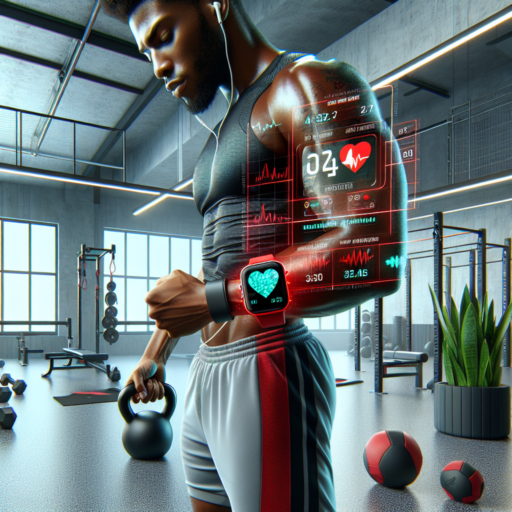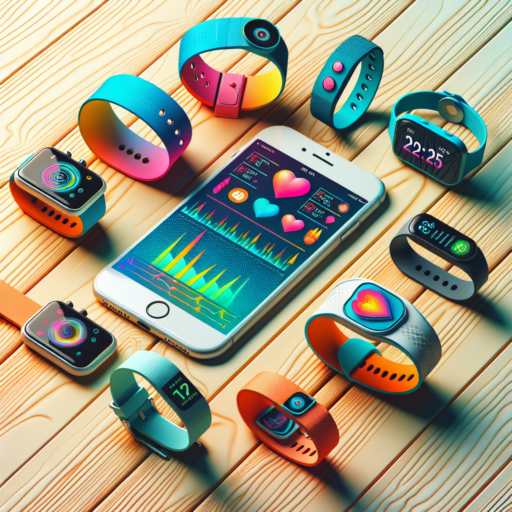What is the device that listens to the heartbeat?
The device renowned for its ability to listen to the heartbeat is the stethoscope. This acoustic medical device is crucial for health professionals across the globe. The stethoscope allows doctors to listen to internal sounds from a patient’s body, primarily focusing on heart sounds, but also lung sounds and even blood flow in veins and arteries. Its invention by the French physician René Laennec in 1816 marked a significant advancement in the medical field, providing a non-invasive means of diagnosing patient conditions.
At its core, the stethoscope functions by transmitting sound from the chest piece, through the hollow tubes, to the listener’s ears. The chest piece usually consists of a diaphragm (a flat, sensitive disk) and a bell (a hollow cup). The diaphragm is used for high-pitched sounds, while the bell picks up low-pitched sounds. This simple yet effective design has undergone various improvements over the years, including the introduction of digital stethoscopes that amplify the heartbeat sound, making diagnosis easier and more accurate.
The importance of the stethoscope in diagnosing and monitoring various health conditions cannot be overstated. From detecting abnormal heart sounds, known as murmurs, to identifying lung problems such as pneumonias and bronchitis, the stethoscope remains an indispensable tool in the medical profession. Its ease of use, coupled with the detailed information it provides, underscores why the stethoscope continues to be a symbol of healthcare professionals around the world.
What is a fetal heart rate listener?
A fetal heart rate listener, often known as a fetal Doppler, is a handheld ultrasound device that allows expectant parents and healthcare professionals to listen to the heartbeat of an unborn baby. This device works by emitting sound waves that bounce off the baby’s heart, which then are translated into sound through the device’s speaker. It’s a non-invasive tool that has become popular for prenatal check-ups and at-home monitoring for its ease of use and immediate feedback.
Utilizing high-frequency sound waves, these devices are capable of picking up the distinct pulsations of the fetal heartbeat from as early as 10 to 12 weeks of pregnancy. However, the effectiveness and clarity of the sound depend on various factors such as the position of the baby, the mother’s body type, and the quality of the device. It’s fascinating how the technology enables not just listening but also recording these heartbeats, creating cherished memories for expectant families.
Despite their widespread availability and ease of use, it’s essential to note that fetal heart rate listeners are not meant to replace professional medical advice or prenatal care. Specialists often stress the importance of using these devices under the guidance of healthcare providers to avoid misinterpretation of the sounds. By doing so, expectant parents can enjoy the bonding experience of hearing their baby’s heartbeat while ensuring both the safety and health of the mother and child are properly monitored.
No se han encontrado productos.
How to listen to heartbeat?
Listening to a heartbeat is a fundamental skill that allows us to gauge the health and wellness of not only humans but also animals. Whether you’re a healthcare professional, a pet owner, or simply curious about the workings of the heart, understanding the proper way to listen to a heartbeat is essential. This skill can provide valuable insights into the condition of the cardiovascular system.
Preparing to Listen
Before attempting to listen to a heartbeat, it is crucial to ensure that the environment is as quiet as possible. Background noise can significantly interfere with your ability to hear the heartbeats clearly. Having the individual relax and sit or lie down can also help in reducing their heart rate to a level where it’s easier to listen to. For patients or individuals wearing thick clothing, it may be necessary to move the fabric to ensure that the stethoscope has direct contact with the skin.
Using a Stethoscope
The most effective tool for listening to a heartbeat is a stethoscope. To use a stethoscope, place the ear tips into your ears, making sure they point forward to align with your ear canals for the most direct sound. The diaphragm (larger side) of the stethoscope is generally better for listening to heartbeats. Gently press the diaphragm against the chest, just below the left nipple, to find the strongest sound of the heartbeat. It’s important to adjust the pressure: too light, and you might miss the beats; too hard, and you could distort the sounds.
Listening to a heartbeat provides not only the rate but also the rhythm, and potential abnormalities in the sound, which can be crucial for diagnosing health issues. Mastering this skill requires practice and patience. With time, you’ll become more adept at distinguishing between the various sounds and rhythms that each heart produces.
What is the app that hears your heartbeat?
Exploring the fascinating world of health technology leads us to a groundbreaking development: the app that can hear your heartbeat. This innovative application, widely known as a heart rate monitor app, leverages the power of modern smartphone capabilities to provide users with real-time heart rate data. By utilizing the phone’s built-in camera or connecting to a wearable device, these apps offer a convenient way to track your cardiovascular health on the go.
The primary function of a heart rate monitor app is to measure and record your heart’s beats per minute (BPM). This is achieved through photoplethysmography (PPG) technology, which detects blood volume changes in your fingertip or by using the sensors in wearables that monitor blood flow changes in your wrist. Users simply need to place their finger on the camera lens or wear a compatible device to get accurate readings. This feature makes it an essential tool for anyone looking to keep a close eye on their cardiac health, athletes wanting to optimize their performance, or for general fitness tracking.
Moreover, these apps often come with additional features designed to enhance user experience and provide a comprehensive health monitoring platform. This includes the ability to save historical data, analyze trends over time, and sometimes even offer personalized health insights based on your heart rate variability (HRV). Whether you’re a health enthusiast, a professional athlete, or someone looking to improve their general wellness, the convenience and simplicity of using a heart rate monitor app can be a game-changer for managing your health.




